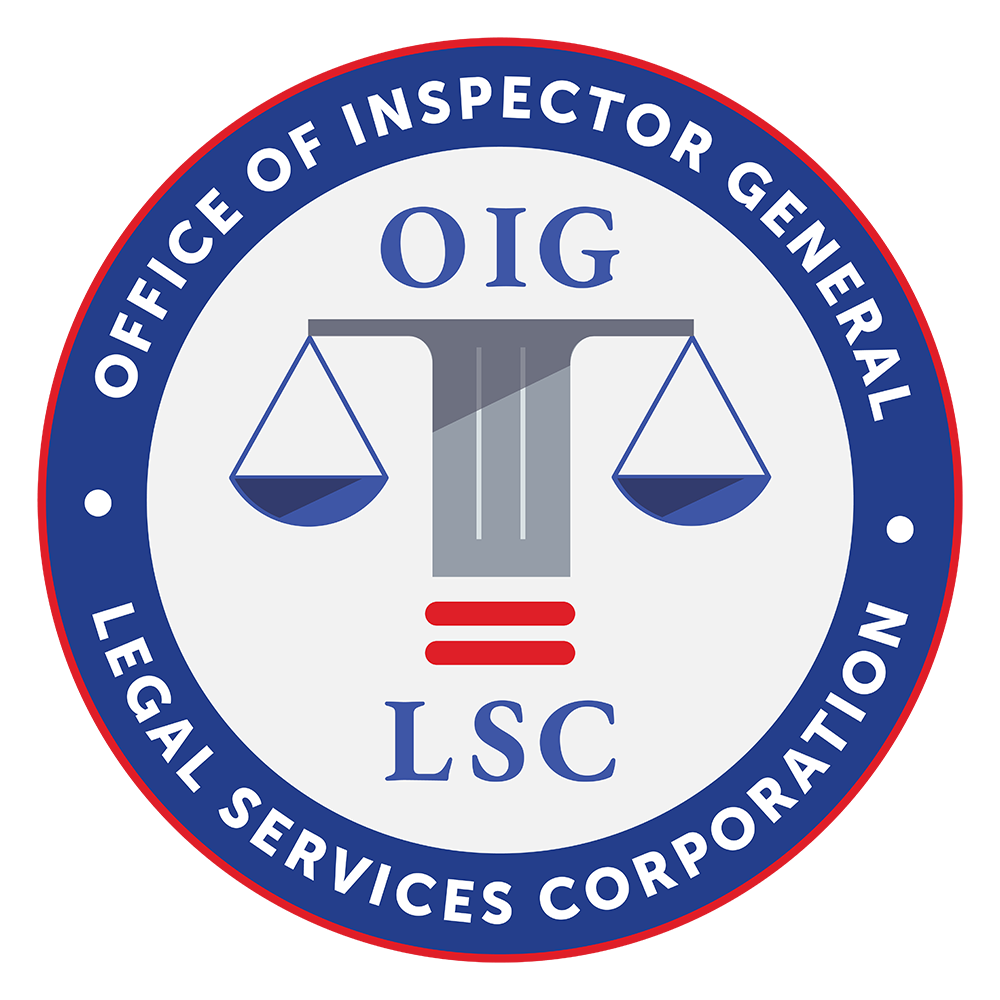This project identified, prototyped, documented and assessed the maps and census poverty information that are valuable to legal services decision-makers. The maps visualize the geographic distribution and changes of the poverty and the LSC income-eligible populations. They compare the potential legal services client base to legal services closed cases at various scales to give macro and micro-level views on the legal services environment and access to legal services to low-income individuals from a geographic perspective. As such, this evaluation also serves as a demonstration project for the application of geographic information technologies in the legal services environment and its possible replication and deployment elsewhere. This web page provides detailed information on both the evaluation’s results and technical best practices.
The evaluation has spanned over two separate phases. In phase I, the OIG, working closely with the two LSC grantees – Georgia Legal Services Program and Atlanta Legal Aid Society, servicing the Georgia, determined that maps are a useful management tool having potential long-range programmatic benefits in the following strategic and operational areas:
Increasing access to legal services for low-income persons – Maps offer a picture of the geographic distribution and movements of poverty and LSC income-eligible populations. When compared with clients served and legal services provided, the under-served can be identified and addressed;
•Strengthening planning, resource and performance management – Mapping provides a visible model of the legal services environment supporting service provision, priority setting and deployment of office locations and staff. Maps have promise for measuring the success of grantees’ various programs and outreach initiatives; and,
•Improving program promotion – Maps show potential funders the extent of the legal services contribution to the low-income community and clearly document the unmet need for legal services. Maps effectively communicate the disproportionate size of the income-eligible population compared to the available resources. They are a persuasive tool that managers can use when seeking additional funding from federal, state, local and private sources.
However, additional work was needed to fully evaluate mapping and develop it into a viable legal services management tool.
In Phase II, the OIG further evaluated the usefulness of legal services mapping while developing a Core Legal Services Map List, Map Book, and neighborhood-scale maps. The map templates, methods and categorizations were further refined and tested in a larger number of grantees serving both urban and rural poverty conditions in Southern California, Montana and updated Georgia.
The OIG is working on the Phase II Evaluation report but please return to the previous page to see the products generated.
Contact:
David Maddox, 202 295 1653, DM@oig.lsc.gov
